Palmetto Bluff Real Estate Company Sales Office
Office Hours
Monday-Friday 9am - 5pm
Saturday 9am - 4pm
Sunday 12 - 4pm
Saturday 9am - 4pm
Sunday 12 - 4pm
How Wick Scurry is bringing back classic Southern staples to his beloved Daufuskie Island.
If I Let Wick Scurry show you around Daufuskie Island, and one thing will become immediately clear: he loves this island and he’s enamored with its history.
Inside the squat, yellow-bricked structure of his Daufuskie Island Crab Company, among the tables and chairs, two entire walls showcase assorted relics from days gone by, both on the island and beyond. An entire wall of this exhibit is taken up by a deep, glass-topped wooden case concealing an ancient canoe that he discovered near Bloody Point.
“It was five feet down in the mud. I took five of my employees out there and we were digging for two days,” he says, peering down to a slender structure of driftwood so weathered by the ages it was hard to believe it had once been seaworthy. “We brought it here, but the idea wasn’t originally to keep it here.”
Still, it doesn’t seem out of place among the items on display in the restaurant, a collection of items that Scurry lovingly describes one by one as we walk by the cases. Millennia-old pottery shards created by the prehistoric Native Americans who once called Daufuskie home, remarkably intricate for their age. A pocketbook stuffed with Confederate money, adorned with a portrait of Lucy Pickens, who Scurry calls “The quintessential Southern woman.” A Civil War–era cavalry sword. A photo of Spanish–American war soldiers who had been, quote, “dumped” on Daufuskie after the war.
It’s clear he loves the history of Daufuskie. And it’s clearer still that he’s played a tremendous role in that history, with what’s coming next possibly being his magnum opus.
SCURRY’S DAUFUSKIE
The restaurant occupies a spit of land that could be considered the nerve center for Scurry’s Daufuskie Island empire, if anyone dared to consider themselves an emperor of this wild, untamed land.
Scurry certainly wouldn’t.
Since his family bought 26 acres of land on the island, he’s watched the ambitious come and go, their fortunes bleeding into the sands of Daufuskie. Some might pin this on the unique solitude of this tiny island, accessible only by boat, where, “If it costs one dollar on the mainland, it costs two dollars here,” to hear Scurry tell it.
There are even some who pin the downfall of so many titans of industry on Daufuskie to a hex by the notorious Dr. Buzzard, a root that stated no white man would ever get rich on the island. (“Do I believe it was Dr. Buzzard? No. Do I completely doubt it? No.” Scurry says.)
Instead, Scurry builds on the island with an eye toward service rather than fortune and with a respect for the place that runs deeper than the tides. His ferry service helps residents get what they need shipped over to the mainland, but it also helps control costs at his restaurant, where locals can grab a cold drink and a famous Daufuskie deviled crab. His docks at Freeport Marina give them a place to keep their boats. His general store provides one of the few places on-island to get the basic necessities, and its only gas station.
In all of this, the fact that it helps drive tourism to Daufuskie seems secondary to simply giving back to the island and helping tell its story. His latest venture does both—his purchase of the Bloody Point Lighthouse and its conversion into a museum brought this historic building back into public hands for the first time in 90 years.
And Scurry has stories to tell. As our van bounces along dirt roads to the Bloody Point Lighthouse, every twist in the road brings to mind a story from his decades on the island. A split-rail fence behind the general store gives way to a field where Marsh Tackies frolic, reminding him of how the native breed of horse was driven off of Hilton Head Island because, “You couldn’t keep them off the golf courses.”
Passing by a house whose yard overflows with greenery, Scurry relates how at one point someone launched Daufuskie Magazine with a cover photo of that house. It wasn’t until it went to print that anyone noticed the 12-foot marijuana plant right in the center of the picture.
Driving past a uniquely styled tin-roofed cottage, with a wide front porch that bends around the front but never quite qualifies as “wrap-around,” Scurry explains that these are called oyster cottages.
“They were built with money from the oyster industry,” Scurry says. “At one time, there were hundreds of them.”
Scurry discusses how Daufuskie was one of the many spots given over to freed slaves by the federal government, which in typical government style neatly divided the land into parcels without a thought for easements or roads. “They basically said, ‘Here you go. Now grow some cotton. We’ll see you later.’ But you couldn’t farm a lot this size and make it work. Fortunately, the oyster industry moved in.”
During those boom years, the oyster industry allowed the island’s residents to thrive and build churches and schools. And then pollution from the Savannah River seeped into Daufuskie’s oyster beds. Within a few years, the oyster beds were condemned and 2,500 people were out of work.
“You went from 2,500 people here to 100,” Scurry says. “And those 100 are the ones I got to know as a young man.”
The stories continue to flow as the van bounces along—how every large oak tree on the island has the ruins of an old oyster house below it. How Beaufort County ruined one of the most beautiful roads in America when it let developers move Haig Point Road. How corn liquor came to be known as “scrap iron” on the island when moonshiners would conceal their barrels of contraband under scrap iron to sneak them past tax collectors into Savannah.
And finally, the van arrives at Bloody Point Lighthouse, where Wick Scurry’s love for Daufuskie Island is written in fields of staple crops and historical intrigue.
HISTORY IN HARVEST
Bloody Point Lighthouse’s history has been well-told, but it’s one so fantastic it could easily be a work of fiction. “It’s like it had a curse,” Scurry jokes.
Built in 1882, the two-story cottage found itself being moved for the first time when a tsunami struck the island in 1886, sliding the entire structure back a mile from the beach where it had sat. It was returned to its original foundation, only to be flooded during the storm of 1897, which completely destroyed the lighthouse’s rear signal tower.
Without a working rear tower, the entire house was moved back to its current location, dragged across cotton fields by mules. Which is just as well, because at that point Mother Nature clearly didn’t want that house on the beach.
Decommissioned 90 years ago, the lighthouse was first purchased by the assistant lighthouse keeper, Arthur “Pappy” Burns, who also opened the Silver Dew Winery inside the squat brick building that had served as an oil house.
Today, Scurry is reviving Silver Dew Winery with scuppernong grapes grown right on the property. He grows grapes on one end of the property and leases the lighthouse on the other end to a 501(c)(3) that runs the non-profit Bloody Point Lighthouse Museum.
“These grapes grew like crazy. I hope this weather doesn’t make it bloom too fast,” Scurry says, surveying the vineyard as we stroll past. “The soil here is unlike anywhere else on the island. Most soil on Daufuskie is sand, which is great for growing cotton. I don’t know how the soil here got so rich.”
Out of a few barrels in the old oil house, Scurry created 2,000 bottles of wine last year. When he harvests in the fall, he plans to do an even larger batch, inviting in all comers to stomp the grapes the old-fashioned way as part of a harvest festival.
Just as Scurry hopes to salute Pappy Burns with his new vintage, he’s working the soil at Bloody Point Lighthouse to bring back historic crops.
A massive square pit dug into the ground reveals rich black earth, where Scurry set up Carolina Gold rice. In classic Scurry fashion, he’s grown it mostly because of the history behind it. As we walk, he tells of how Carolina Gold rice came from Africa on a ship that was forced ashore in Charleston in 1685 by a hurricane. A doctor by the name of Woodward helped the crew out and was paid with a bag of rice seed, which would eventually become the crop that built South Carolina’s fortune.
“You can still see the outlines of the old rice fields from space. They stretched all the way from the Georgia line into North Carolina,” he says.
It may not be visible from space, but Scurry’s patch still produced 150 pounds of rice last year. And while he estimates he’ll get 500 pounds of rice out of it this year, he’s already harvesting stories.
“This was all new to me, so I didn’t realize that along with rice we wound up with thousands of bullfrogs. Of course, that brought the alligators out. I was walking around here one night when a five-foot gator popped up out of the rice paddy and chased me off.”
From there, we move onto the indigo, twisting branches that will eventually produce a rich blue dye of historical significance. The plan is to eventually harvest it for dye, then produce shawls and other clothing to sell in the gift shop to fund the lighthouse’s museum.
Finally, we come to the sea island cotton, the famously bountiful staple crop of the coastal South. Its enormous tufts, like giant popped popcorn kernels, carry with them the story of the South.
“It’s three to four times the size of other cotton. That’s why it outsold other cotton and that’s why these plantations got so wealthy,” Scurry says. “These guys became millionaires overnight.”
Walking among the fields he’s planted, Scurry doesn’t just see crops. Here, in the shadow of a lighthouse cottage he’s returned to public hands after nearly a century under private ownership, he sees the rich history of an island he loves. And he sees the chance to share it with those who need only cross the water to this enchanting island to hear.
“Ever since I’ve been here I’ve had to ride by the lighthouse,” he says. “To me, it’s one of the most beautiful buildings I’ve ever seen and it should be shown to the public. The wonderful thing is, from now on, it will be.”%GALLERY%
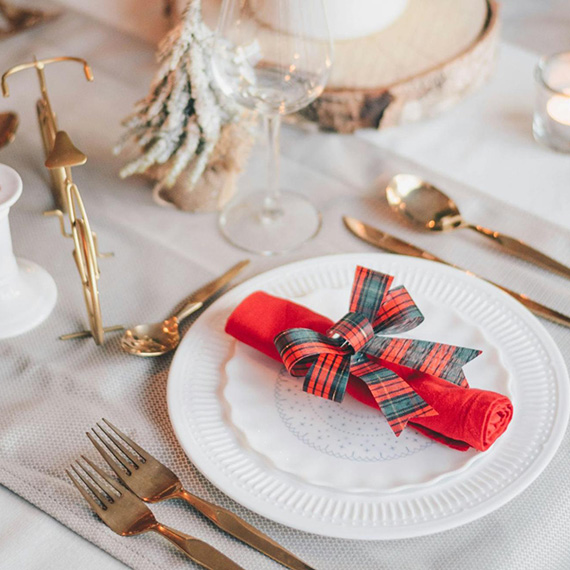
Warm, fragrant, and deeply comforting, Chef Beth’s Southern Sausage & Sage Stuffing is a holiday classic that brings together rich pork sausage, fresh herbs, and toasted bread for the ultimate savory side dish. Studded with green apples and aromatic vegeta...
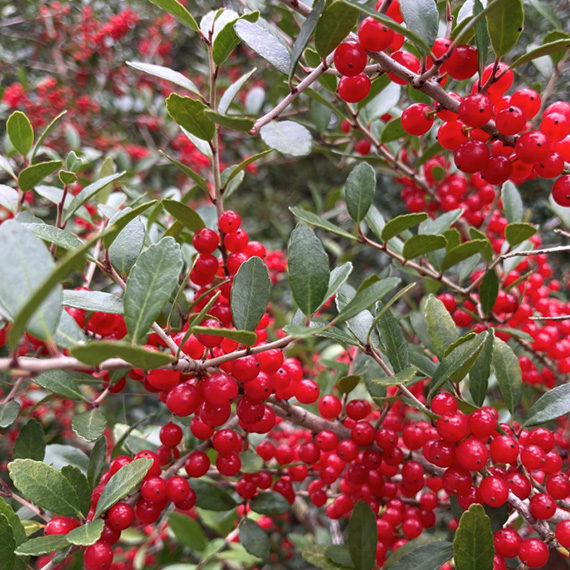
As December settles over Palmetto Bluff, it brings softer light, cooler mornings, and the natural beauty of native evergreens and winter berries that define the Lowcountry landscape. Palmetto Bluff Conservancy’s Education and Outreach Manager, Aaron Palmier...
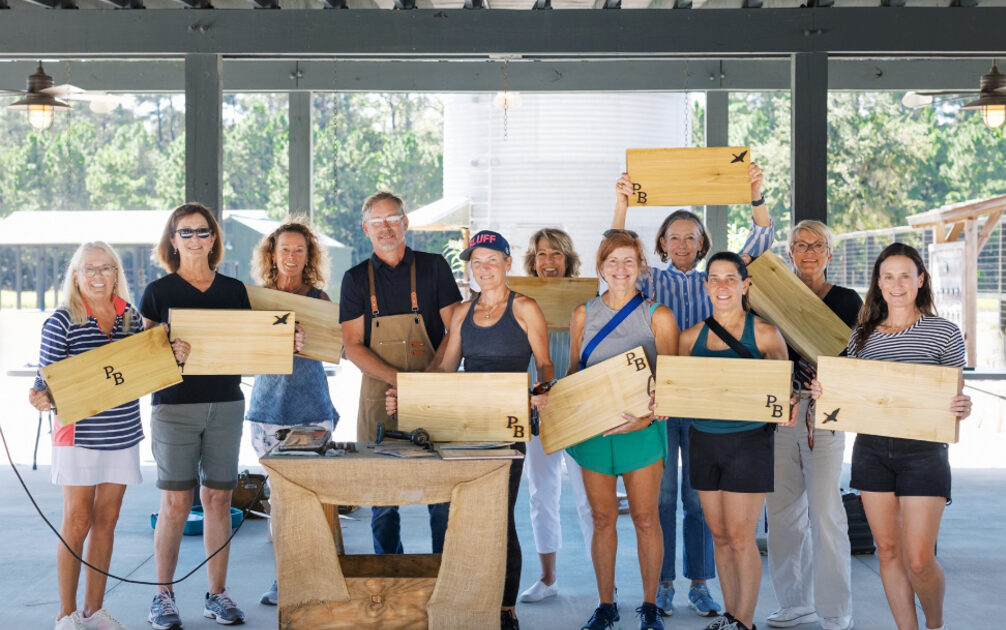
In 2025, Palmetto Bluff welcomed new neighbors and old friends, groundbreakings, and long-awaited openings. From inspired Club gatherings and elevated programming to the creation of our latest golf course, the year was defined by connection and excitement for ...
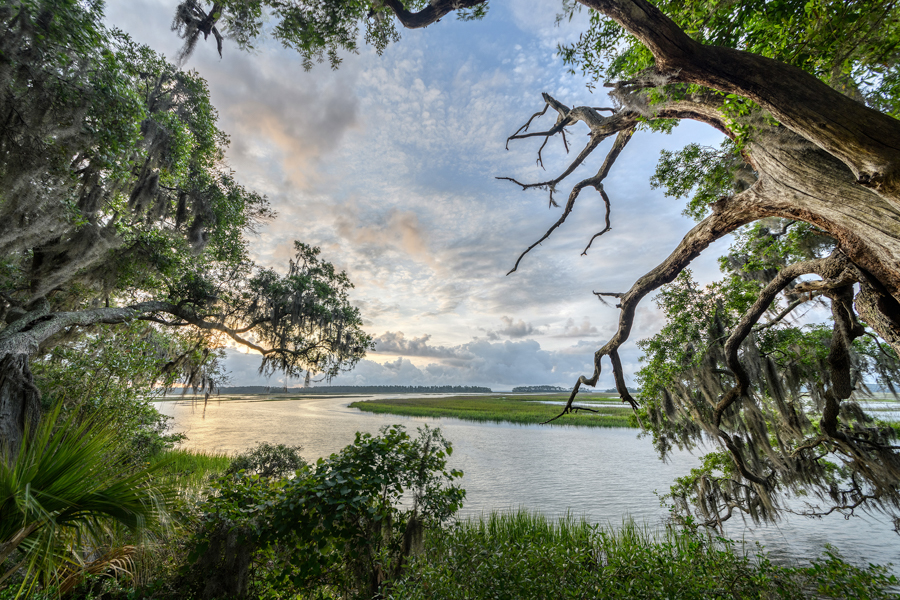
There is something serene about waking up to shimmering water, the stillness of the woods, or the sweep of marsh and sky right outside your window. Even without stepping outside, science shows that simply seeing nature from home can meaningfully improve mental...
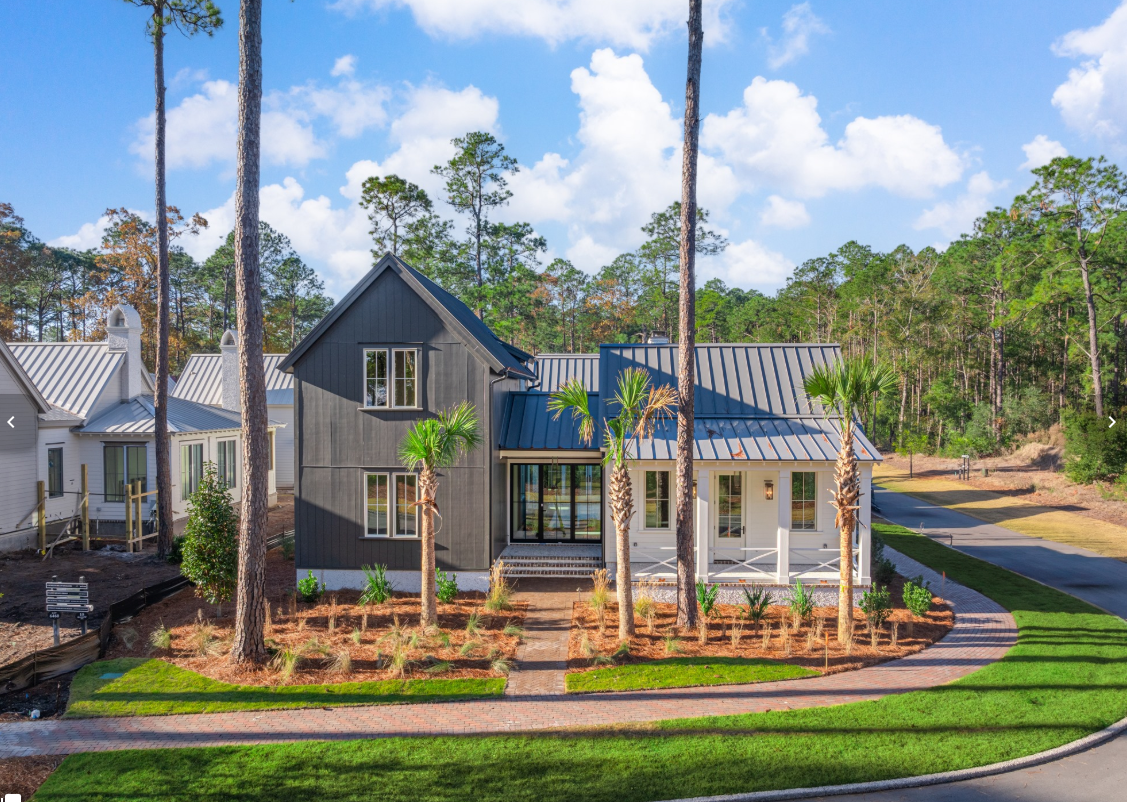
The Ultimate Choice: Building vs Buying a Home in Palmetto Bluff For those searching for Palmetto Bluff homes for sale, this common question often arises: Should you choose an existing residence, or embrace the opportunity to build your own? While a complet...
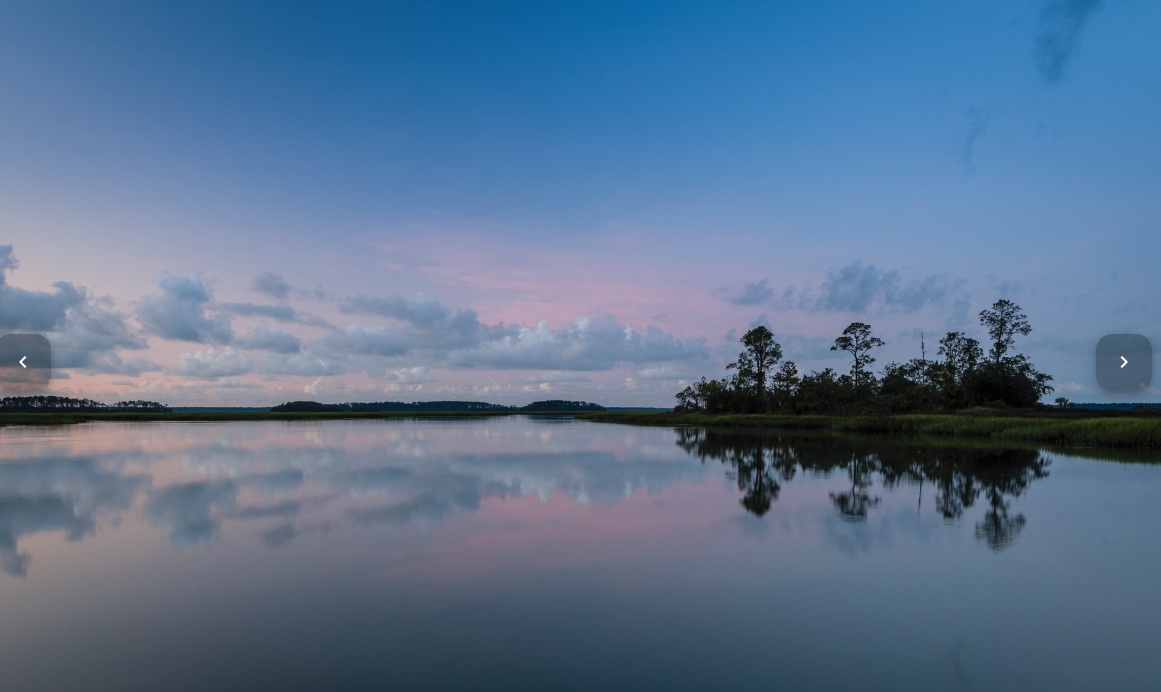
A Complete Guide to South Carolina Winter at Palmetto Bluff South Carolina's winter is unlike any other on the East Coast. While many travelers search for “South Carolina winter” expecting cooler temperatures and limited outdoor options, the Lowcountry revea...
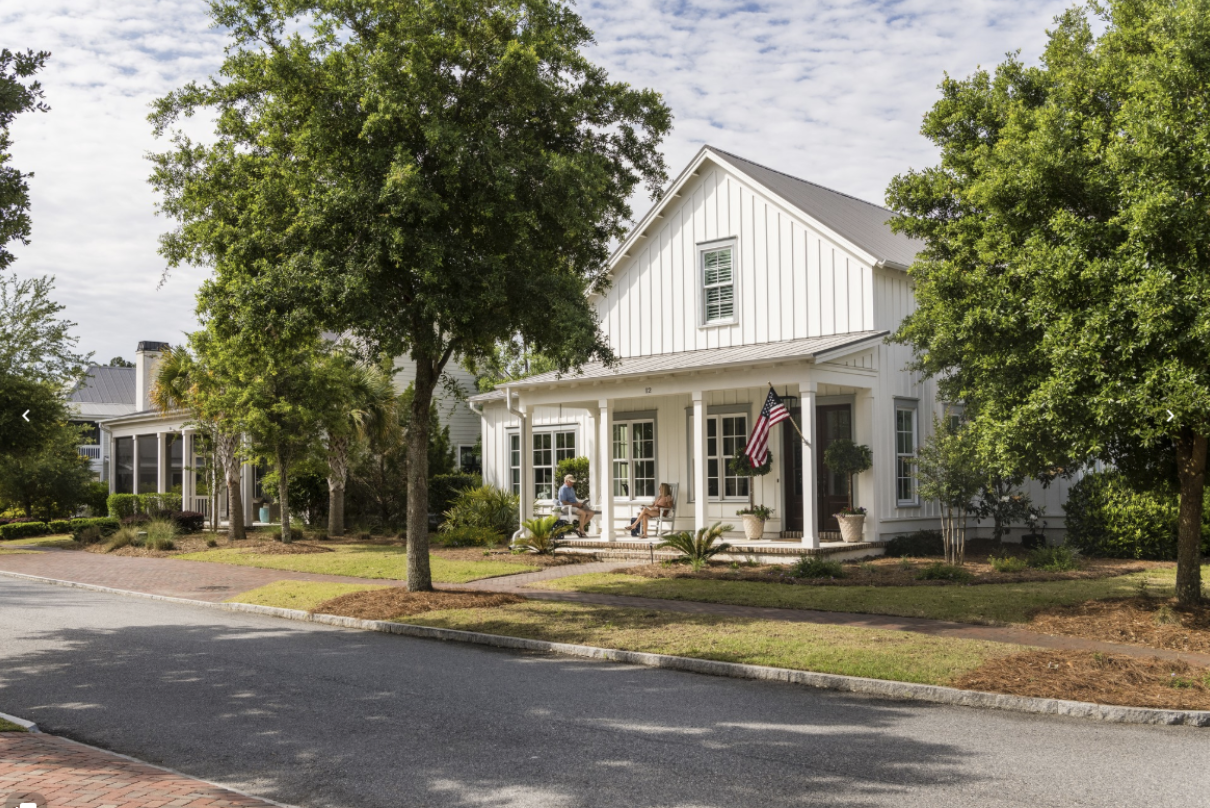
River Road: Where Lowcountry Beauty Meets Elevated Everyday Living Tucked gracefully between Wilson Village and Moreland Village, River Road is one of Palmetto Bluff’s most immersive communities. It's where the pace of life seems to soften, classic Southern ...
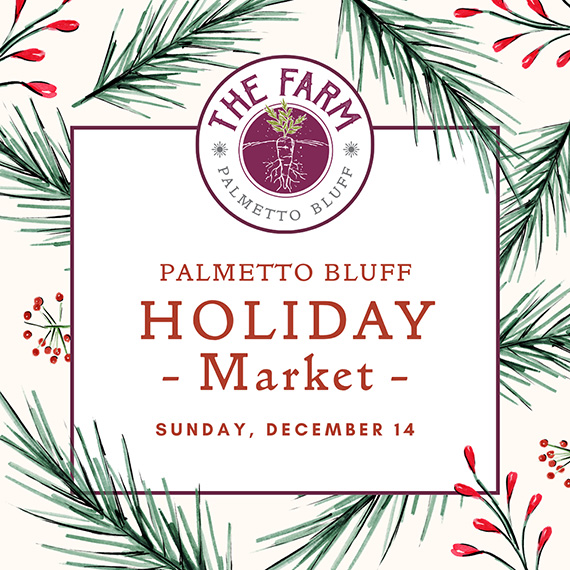
Sunday, December 14 | 9am to 1pmVillage GreenThe season’s most festive farmers market, the Holiday Farmers Market, comes to Wilson Village on Sunday, December 14, from 9am to 1pm. All are welcome to visit and experience the magic of holidays at the Bluff. The ...

Tucked amid whispering pines and overlooking a tranquil water trail, 11 Lyonia Street is where Lowcountry charm meets modern artistry. The newly built residence redefines Southern living with a balance of craftsmanship and calm. This is a home that feels both ...
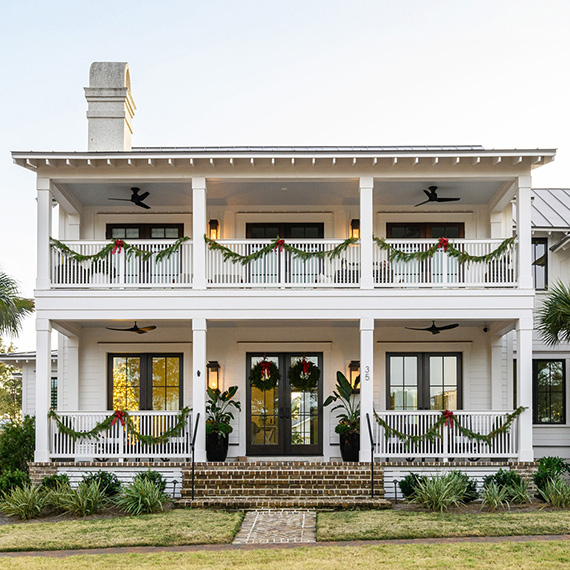
The holiday season in the Lowcountry brings crisp air, oaks draped in twinkling lights, and laughter drifting from homes where families and friends gather once again. At Palmetto Bluff, the holidays are more than just a season; they’re a feeling of togethernes...
Learn about the Palmetto Bluff Conservancy and how we keep the vision of our land in place.
On land or water, there is an ever-evolving variety of activities.
We do not attempt to independently verify the currency, completeness, accuracy or authenticity of the data contained herein. All area measurements and calculations are approximate and should be independently verified. Data may be subject to transcription and transmission errors. Accordingly, the data is provided on an “as is” “as available” basis only and may not reflect all real estate activity in the market”. © [2023] REsides, Inc. All rights reserved. Certain information contained herein is derived from information, which is the licensed property of, and copyrighted by, REsides, Inc.